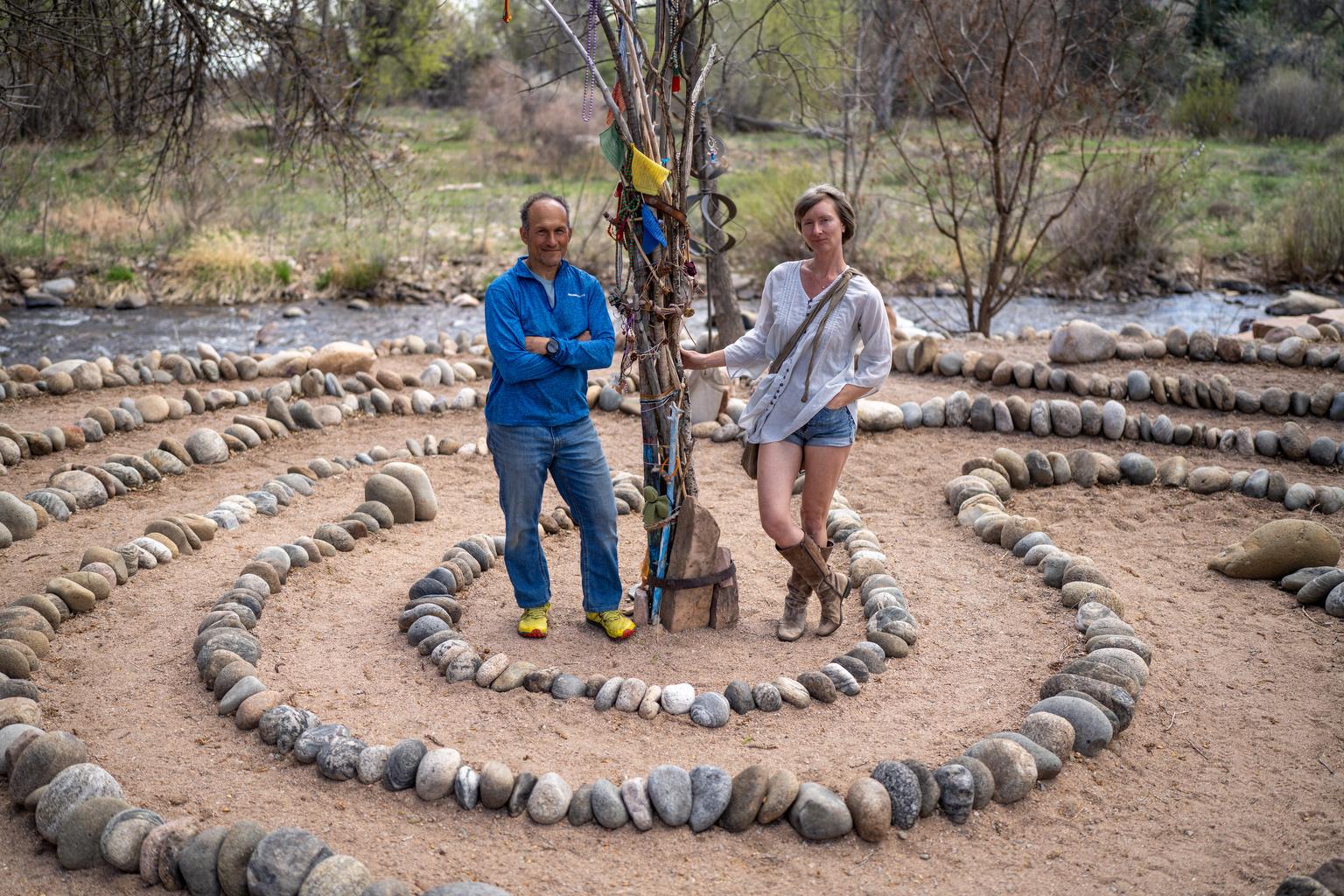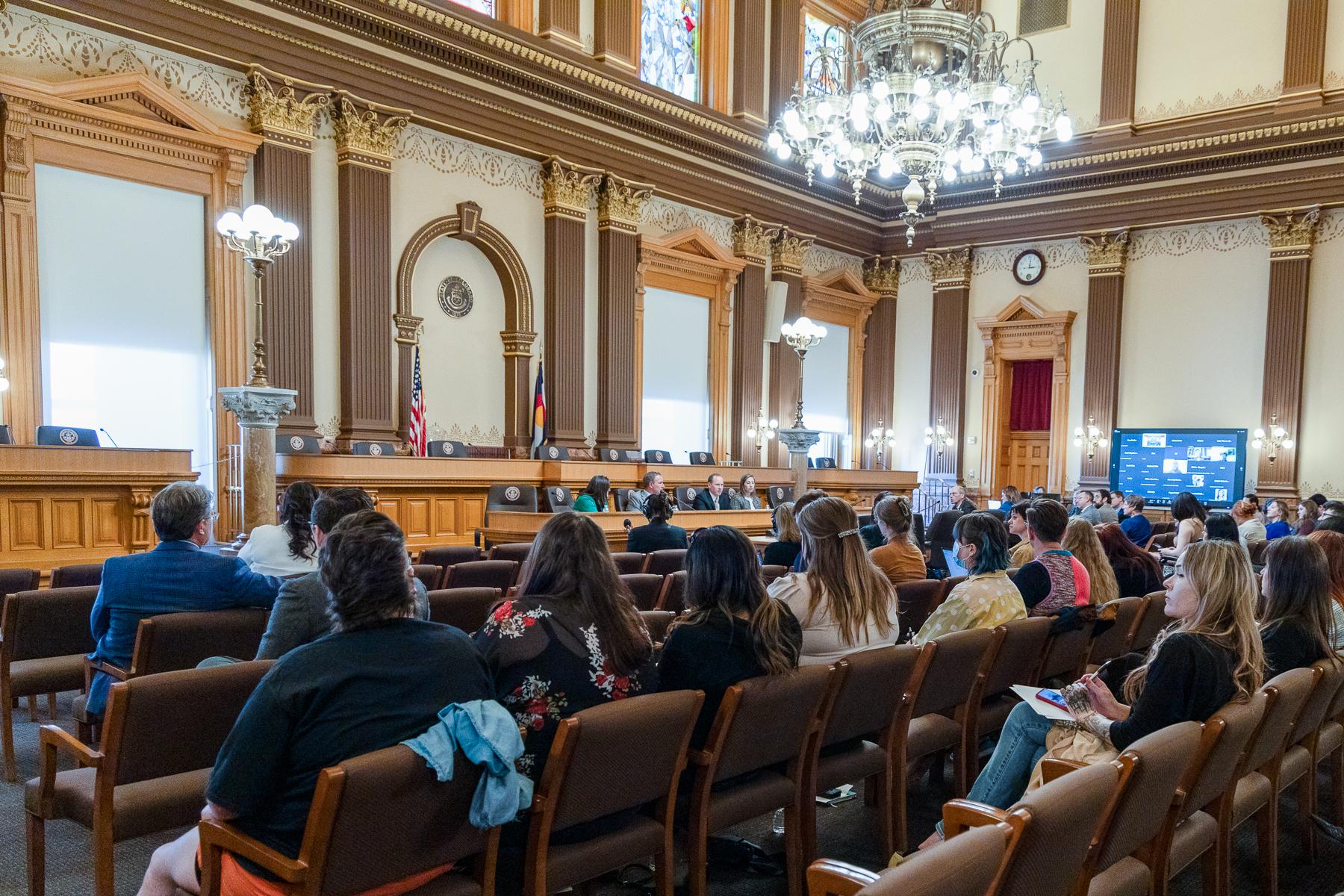
The Great Sand Dunes National Park and Preserve and the Nature Conservancy have started negotiations aimed at the park's purchase of 12,518 acres within its borders.
That acreage is part of the historic Medano Ranch, which the Nature Conservancy purchased in 1999. A portion of the ranch was included in the park's boundaries, as set by Congress in 2000.
"Acquisition of Medano Ranch is by no means an expansion," said park superintendent Lisa Carrico. "It is merely a completion of the park."
The park received $6.8 million in its 2016 fiscal year budget for a potential purchase. The land under discussion is west of the main dunefield, in the southwest corner of the park.
But both Carrico and Heidi Sherk, director of external affairs for the Nature Conservancy in Colorado, cautioned the discussions are in very early stages.
"We still haven't worked out the details," Carrico said. "Anytime transactions like this happen, it is important to lay the groundwork, to talk with the partners. With the Nature Conservancy, we're just beginning those conversations now."
Plans For The Ranch
A deal may not happen until December 2017, Carrico said. If there is a deal, she said the park may turn historic buildings on the ranch into a new visitor center.
"We'll have to do a lot more planning and work out details of exactly what would happen," Carrico said.
The land also includes pre-Columbian archeological sites, an NPS 2016 budget document says:
[The Nature Conservancy] does not have the funding or staff to protect and restore these archeological sites (some 10,000 years old) and historic resources. Historic buildings on the property are deteriorating and each year that passes will require more preservation time and funding. Due to lack of fencing, the property is being looted and it has proven difficult for NPS rangers to prevent access across TNC lands.
The park says if a deal is reached it will need an additional $150,000 a year to manage the land.
Property Tax Revenue Worries County
One hurdle will be a potential loss of property tax revenue for Alamosa County. The Nature Conservancy currently pays the county a little over $12,000 a year, county administrator Gigi Dennis said. That's out of a total annual budget of $33 million -- about half of which comes from property tax revenue.
Alamosa County would see some money from the park through the federal payment in lieu of taxes program. But Dennis said it would be less than what the Nature Conservancy pays now.
But she's optimistic there is a solution.
"This is not anything adversarial at all," Dennis said. "It's just a means of, 'hey, can we put some dollars down on the table and take a look at this? And how it may help a struggling county remain a little bit more whole."
Sherk said in 1999 the Nature Conservancy agreed to continue paying property taxes, even though they, as a non-profit, are not obligated to.
"We think that it's important. We know that property taxes are an important source of income for local counties," Sherk said. "I think we'll be able to resolve it."
Nature Conservancy and NPS officials met with the Alamosa County board of commissioners on Thursday and Dennis said those meetings will continue.
"The Nature Conservancy, as well as the folks at the Sand Dunes, have all been very good neighbors to Alamosa County and the San Luis Valley," she said.
Alamosa County lies at the center of the impoverished and remote San Luis Valley, and the Sand Dunes are an important economic driver there. A National Park Service report said the park's 282,783 non-local visitors in 2015 spent some $17.5 million in the area.









